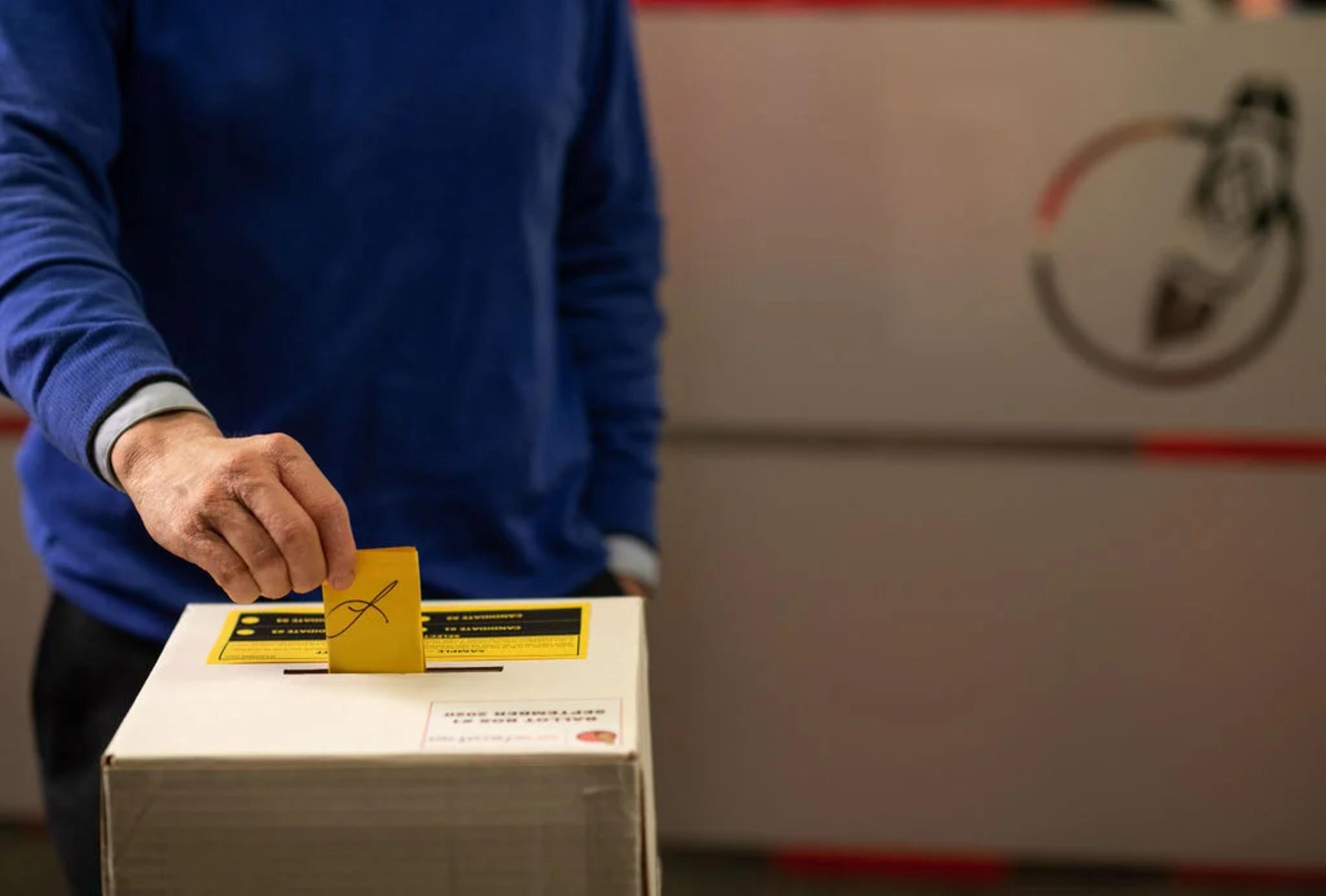Fred Schiffner on Running First Nations Elections
Katey Shaw-Lewis
Tell us about your experience working with First Nation communities?
I was the Chief Administrative Officer for Tsawwassen First Nation for about 10 years. After that, I started a business of my own, Schiffner Consulting Inc., and our work is primarily focused on conducting First Nation elections and writing First Nation election codes and bylaws. I've been at it for close to 15 years, and I have done over 500 elections.
How did you become an Electoral Officer (EO)?
During my time with Tsawwassen First Nation, I used to help out Indian Affairs whenever they had a robust list of elections to do. I thought I would administer a few elections a year when I retired, but then Indian Affairs went out of the business of doing them. At that time, I was probably the only individual in BC that had experience in conducting First Nation elections. My phone just started to ring off the hook.
Are there many people in your field?
Eventually, there were a few individuals that became qualified. Lawrence Lewis, OisneFeather Founder and CEO are one of them. I actually trained Lawrence. To this day, there's not a lot of us that have the experience to conduct a larger First Nation election. There's probably four in the province, that's it.
What does the role of an EO entail?
We start right at the very beginning of the election process. We send out the notices of the nomination meeting and conduct the meeting itself. From there, we accept withdrawals and then send out ballot packages to all that live off-reserve. We prepare the ballot and all the paperwork that is required by the pertaining Indian Act or other governing election regulations, a custom code for example. Then we actually conduct the election and submit an official election report at its conclusion.
When did you begin using OneFeather's services?
The first voting event we did with OneFeather was the Malahat Land Code vote back in 2015. It was incredibly successful; almost 70% of their members voted electronically. OneFeather is a very user-friendly platform, which results in increased voter engagement and successful voting events.
Would you recommend OneFeather to other Electoral Officers?
Absolutely. OneFeather's software saves EOs a lot of time and real-time provides real-time vote management tools. At the end of the voting event, you press the button and you got the count; you've got the votes automatically tabulated and the final results report ready to print. You know exactly, at any time, how many people have voted, which is really positive. You also have the exact time and day of when they voted - one of its strongest features is the ability to manage the voters' list. If there is a question or an appeal, you've got a complete audit report to back up the results of that election. OneFeather makes managing a voting event, regardless of whether electronic balloting is used, much easier!

From your experience, what are the key benefits of the OneFeather platform?
One of the things we really like about OneFeather is that it is a great membership tool. First Nations often have trouble maintaining records for their members and OneFeather really simplifies the process. It is very easy to use, and a First Nation can run its entire membership program from it. You can come up with a voters' list in seconds, and if you need to go in and make a change, it's very fast to do. With other providers, you are sitting there for five minutes, going back and forth, to make an update. With OneFeather, it's quick and convenient.
Another big feature about OneFeather is that it's inexpensive. With less than five cents per member, that's very reasonable. And you can use the software a hundred times a year if you wanted to. For some other software systems that are out there, every time you use it, there's a fee and it's expensive.
As an Electoral Officer, why would First Nations' utilize electronic voting for their members?
Number one, it makes it easier for people to vote. One of the difficulties with First Nation elections is that so many qualified voters live off the reserve. Up until OneFeather, their voting had to be done by mail-in ballot. That mail-in ballot has certain paperwork in it, and if there is one mistake on that document, the vote is invalid. If they forget to sign it or leave out certain information, it's gone. OneFeather online voting eliminates that out completely. There is no way for them to make a mistake.
Also, a lot of First Nations have internal votes; whether they should build a new building for example. That's the perfect time to use OneFeather digital voting. They get an accurate reading of the number of people who vote and how they vote. There are some First Nations that hold five elections a year or more and they want to get a consensus from the community. OneFeather is the ideal way to do that.
How does OneFeather stack up against the competition?
Not only is OneFeather's system more user-friendly and less expensive than other companies, but it's created specifically for First Nation communities and that's the big plus. Its main thrust has always been for First Nation peoples, and the software was designed by First Nations, and so OneFeather understands what they need.
Check out how OneFeather is helping Indigenous Nations with Elections here